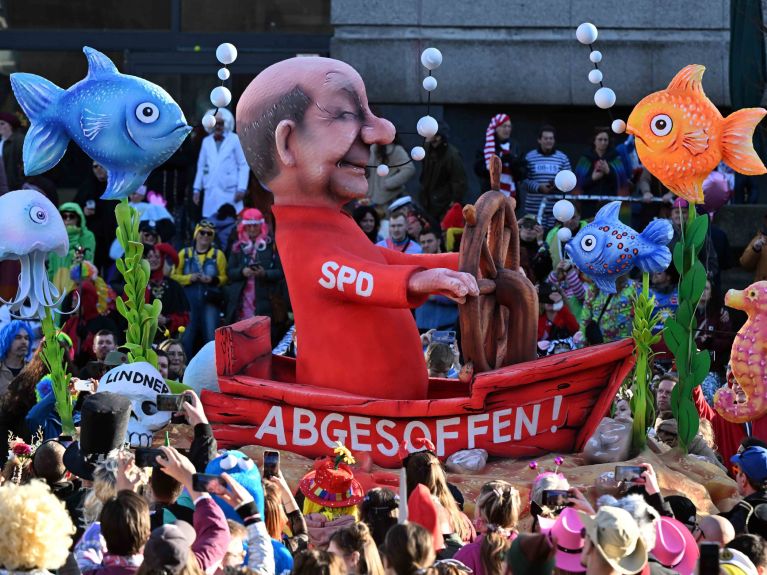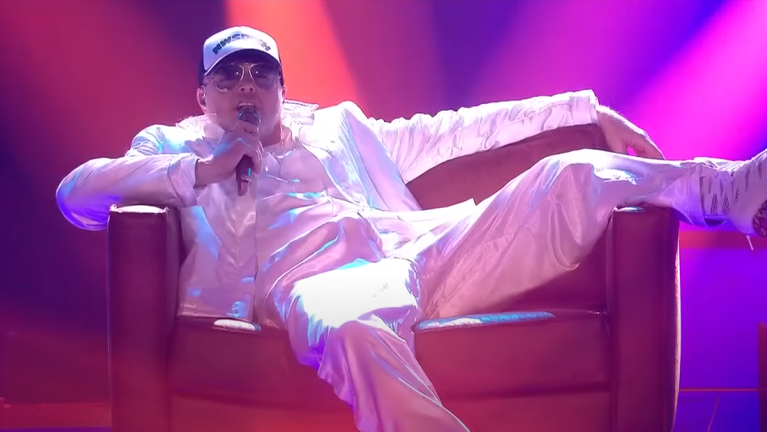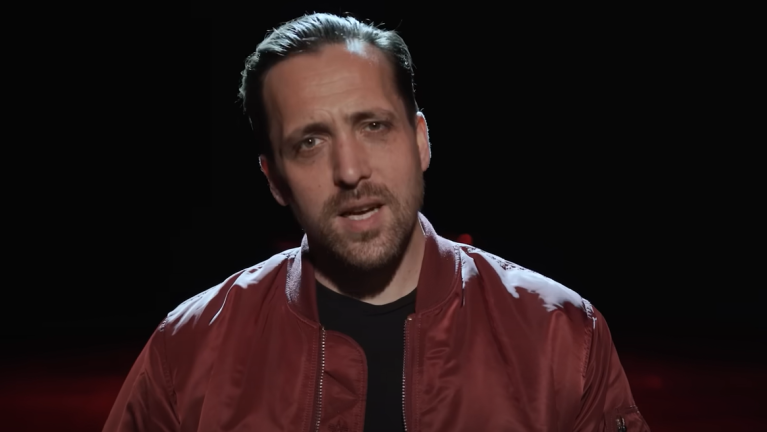Satire in Germany: as provocative as possible, please
Mockery and malice: artists in Germany have plenty of opportunities to critically engage with politics and society.

Dieter Nuhr, Jan Böhmermann and Carolin Kebekus are just three members of a prominent line-up [JS1] of satirists, comedians, writers and performance artists who are part of Germany’s thriving satirical scene and are known for dissecting political events and addressing controversial issues. Article 5 of the Basic Law, which is Germany’s constitution, guarantees both freedom of expression and artistic freedom. As a form of art, satire thus enjoys constitutional protection. And German courts have issued numerous rulings in which satire is acknowledged as a form of exaggeration that deliberately employs provocation and by its nature does not need to be either objective or factual. Ridicule and caustic parodies, caricatures, columns and songs are an integral part of the debate culture - especially in the political domain. And comedians on numerous popular television shows, such as “Nuhr im ersten”, “Die Anstalt” or “heute-show”, take great delight in making fun of top politicians.
Carnival: satire on the street
Carnival plays a special role in German satirical culture. Germany has a long tradition of carnival jesters who ridicule political events. Even more striking are the big carnival floats with their papier-mâché sculptures, some of which are extremely provocative in their parody of politicians. For example, some of the floats in the Rose Monday processions in February 2025 mocked the failure of the coalition government. Chancellor Scholz for example was depicted as the pilot of a crashed plane, with Economics Minister Habeck behind him and former Finance Minister Lindner having already fallen out of the wreck. Defence Minister Pistorius was portrayed naked, covered only by a steel helmet and a blue umbrella sporting the NATO symbol. The figure symbolised the challenges in defence policy.
Dieses YouTube-Video kann in einem neuen Tab abgespielt werden
YouTube öffnenThird party content
We use YouTube to embed content that may collect data about your activity. Please review the details and accept the service to see this content.
Open consent formPolitics and satire in music
Many musicians also use satirical texts. German band “Die Ärzte” for instance brought out an anthem opposing right-wing extremism entitled “Schrei nach Liebe” (Scream for Love). In her song “Im Namen der Mutter” (In the Name of the Mother), Carolin Kebekus accuses the Catholic church of discriminating against women. In his latest song “Rambo Zambo (Was is Bubatz?)”, Stefan Raab makes fun of CDU/CSU chancellor candidateFriedrich Merz. Danger Dan’s song “Das ist alles von der Kunstfreiheit gedeckt” (It’s All Covered by Artistic Freedom) is certainly worth a listen - in it, he explores the possible limits of artistic freedom. The song is a harsh attack on various individuals considered to be right-wing extremists, though the lyrics are deliberately expressed in the subjunctive. In the chorus he sings:
“Legally it would be a grey area,
but before court I’d make it easier for myself again
I’d report myself and open a bottle of bubbly
It’s all covered by artistic freedom.”
Dieses YouTube-Video kann in einem neuen Tab abgespielt werden
YouTube öffnenThird party content
We use YouTube to embed content that may collect data about your activity. Please review the details and accept the service to see this content.
Open consent form


